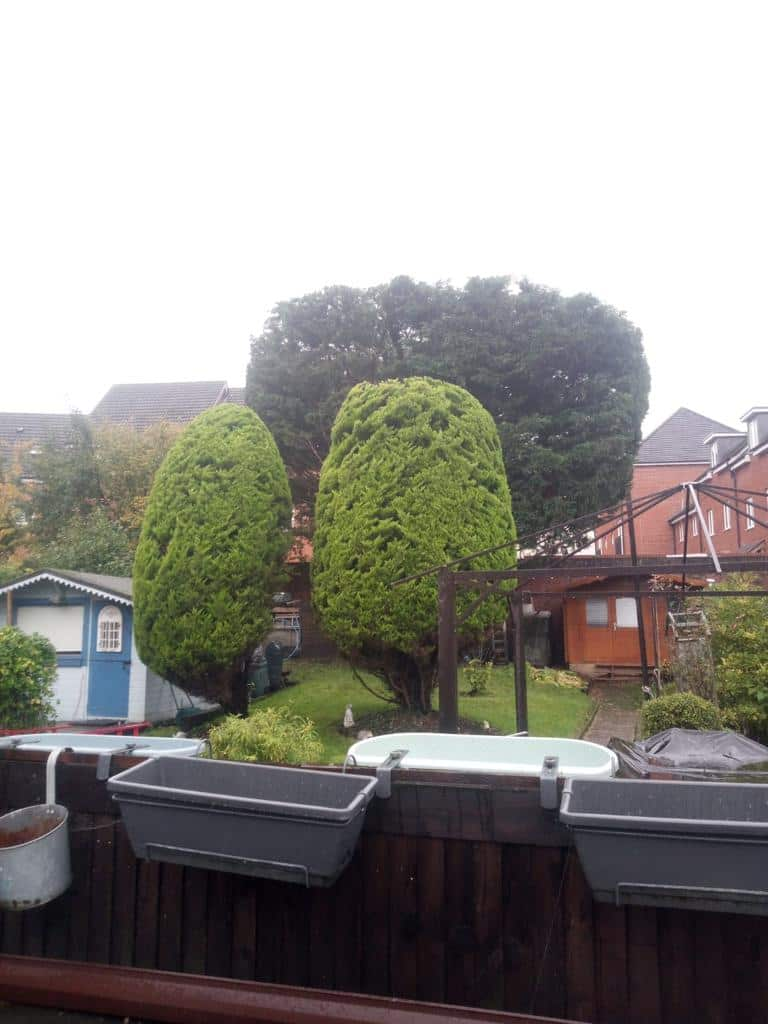Introduction
Crown reduction is a well-known and widely used tree surgery technique, particularly in urban and suburban areas like Whiteley where space can be limited. It involves selectively reducing the size of a tree’s canopy by shortening specific branches, all while maintaining its natural shape and structural integrity. But one question we’re frequently asked at LM Tree Surgery Whiteley is whether crown reduction causes trees to grow faster afterward. It’s a fair question—and the answer depends on what type of growth you’re referring to.
In this blog, we’ll explore how crown reduction affects tree growth, what changes to expect, and why a professionally executed reduction can actually benefit the long-term health and stability of your trees.
Understanding How Trees Respond to Pruning
Trees are remarkably responsive to pruning. When you cut back parts of a tree’s canopy, you alter its balance of energy and hormones. This often triggers what is known as a compensatory growth response. Essentially, the tree “thinks” it needs to replace the lost foliage and begins to grow vigorously from remaining branches and buds.
However, this new growth isn’t always the deep-rooted, stable development that people hope for. Instead, it can lead to:
- Quick sprouting of new shoots, especially from just below the pruning cuts
- Increased density of foliage in certain areas
- Weaker attachment points, especially in fast-growing water shoots
- Altered distribution of resources across the tree
This is why it’s so important that crown reductions are carried out by qualified professionals, like our team at LM Tree Surgery Whiteley—so that regrowth remains healthy and structurally sound.
What Does “Faster Growth” Actually Mean?
When people ask if trees grow faster after a crown reduction, they’re often thinking in terms of height or overall size. But growth after reduction is more nuanced. While the tree may produce new shoots quickly, that doesn’t necessarily mean it’s growing “better” or “healthier.”
Post-reduction growth characteristics:
- Rapid shoot development but often thinner and weaker
- Limited vertical growth, especially if the reduction was substantial
- Energy focused on recovery, not on expanding root systems or trunk girth
- Growth spurts may be followed by slow periods as the tree rebalances itself
So, while you might see an initial flourish of green, this is not always indicative of long-term vitality. Poorly timed or overly aggressive reductions can even stunt a tree’s natural development.
The Benefits of Professional Crown Reduction
Done correctly, crown reduction can promote better light penetration, reduce wind resistance, and relieve stress on overloaded limbs. All of this leads to more balanced and manageable growth over time.
Key benefits include:
- Improved structure and airflow within the canopy
- Better access to sunlight for lower branches and surrounding plants
- Reduced risk of branch failure in storms or high winds
- Encouragement of healthy, evenly distributed regrowth
At LM Tree Surgery Whiteley, we use precision pruning techniques that guide the tree’s response in a controlled way, ensuring that the new growth is sustainable rather than chaotic.
Risks of Improper Reduction
Unfortunately, not all crown reductions are equal. When carried out incorrectly—such as through “topping” or harsh cutting without regard to the tree’s natural shape—the tree can enter a state of stress that leads to undesirable or unstable regrowth.
Risks of bad practice:
- Unnatural clumps of regrowth that are poorly anchored
- Increased vulnerability to disease and pests
- Shock that weakens the tree over time
- Shorter lifespan due to compromised structure
That’s why we always recommend trusting a professional team like LM Tree Surgery Whiteley, who understand tree biology and how to cut with both form and function in mind.
Timing Matters Too
The timing of a crown reduction can significantly affect how well and how quickly a tree recovers. Trees respond differently depending on the season, their age, and their overall health.
General guidelines:
- Late winter or early spring is ideal for most species, as the tree is dormant and will soon enter a growing phase
- Avoid reductions during extreme weather, especially during drought or high heat
- Mature trees need gentler cuts and more recovery time than younger specimens
By aligning the reduction with the natural growth cycle, we help the tree respond in the healthiest way possible.
Conclusion
Crown reduction can stimulate visible growth in a tree, but it’s not a shortcut to a stronger or taller tree. In fact, it should be viewed as a tool to manage growth wisely, not to accelerate it. While trees may respond with rapid sprouting, the quality and stability of this regrowth depend heavily on how and when the reduction is carried out.
At LM Tree Surgery Whiteley, we believe in promoting the long-term health and beauty of your trees. If you’re considering crown reduction for a tree on your property in Whiteley or the surrounding Hampshire area, our team is here to help—with expert advice, professional care, and a commitment to sustainable tree management.
Let LM Tree Surgery Whiteley be your trusted choice for all your arboricultural needs. Reach out today to schedule a consultation or to discuss your tree care goals.
Call us on: 01489 359 894
Click here to find out more about LM Tree Surgery Whiteley
Click here to complete our contact form and see how we can help with your tree needs.

